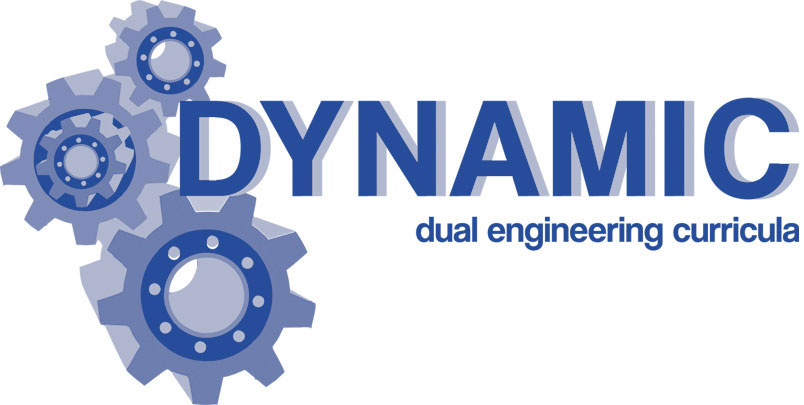Dual programs in higher education set up a balance between practice-orientated and theoretical learning
Higher education in many countries around Europe offers dual programs. Europe has long tradition in using vocational education in order to prepare youth for entry into the workforce. Austria, Germany, and Switzerland are one of the countries with strongest presence of dual education in which the links between the education system and industry are very close.
The specific characteristics about dual programs are their practice-oriented courses, which are delivered by academic institution in cooperation with corporate partners or other organizations.
Students receive academic studies at the participating university and work-based learning at a partner company that is qualified to deliver this training. A common practice suggests that seniors spend approximately the same time with each training partner and are paid by the company on a contractual basis.
The main objective of dual programs in higher education is to increase the relevance of higher education and to respond to rising demand for highly skilled workers in a number of areas. Dual training is seen as benefiting all parties: the companies receive can recruit future employees trained according to their specific profiles, higher education institutions are able to modernize their curriculum in collaboration with their training partners and use the companies’ expertise and equipment to offer high-level training to their students. Students also benefit from dual programs – they gain work experience alongside their training, earn a salary and have a good chance of being offered a job at their training company upon graduation.
Sources: https://ec.europa.eu/education/compendium/dual-higher-education-programmes_en http://hanushek.stanford.edu/sites/default/files/publications/Hanushek.2012.CESifo%20Forum.pdf

